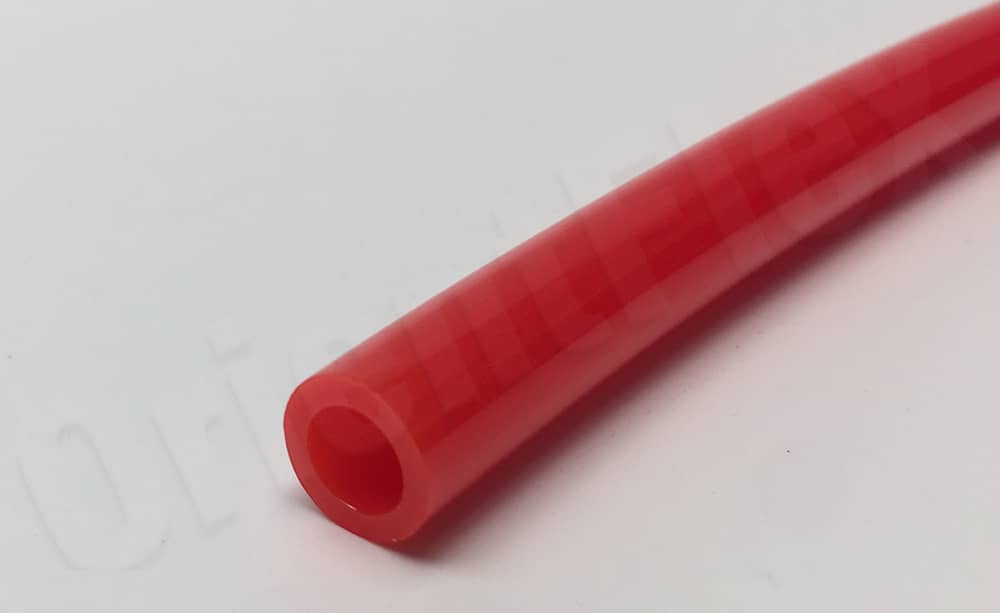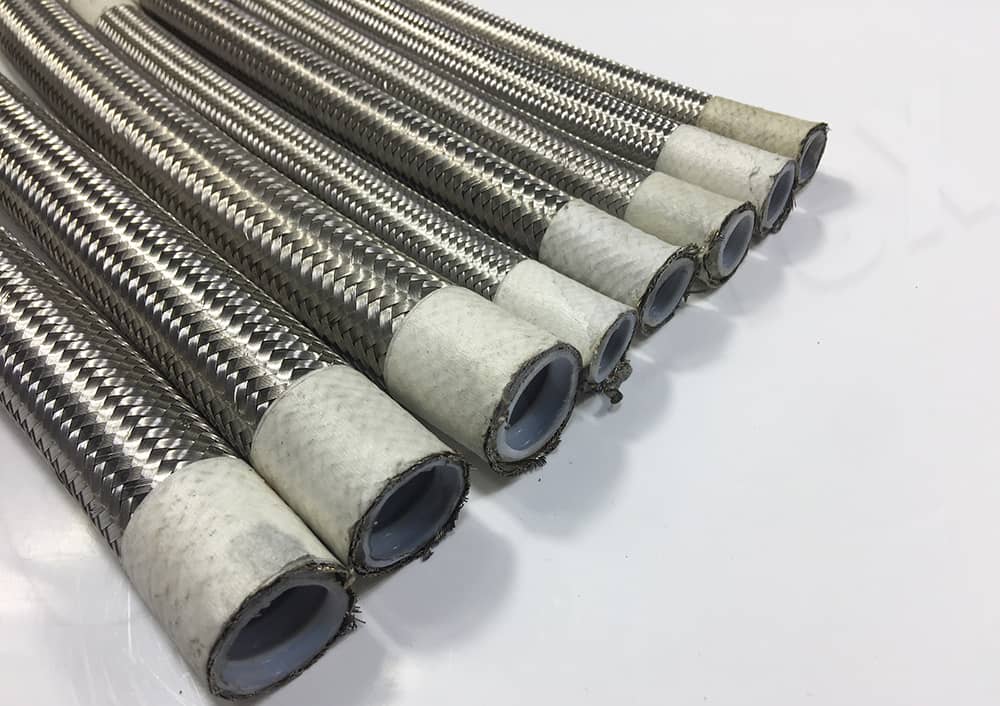When choosing the material of gas station fuel hose, the first thing to consider is safety. Oil transfer hoses must have good pressure resistance, wear resistance and aging resistance. Therefore, the material of the oil hose should be non-toxic and odorless. At present, the common materials of gas station fuel hoses on the market mainly include the following:
Polyurethane hose
PU has excellent elasticity and wear resistance. In addition, it has high compressive strength and is suitable for high pressure use. At the same time, the PU oil delivery hose has good aging resistance and has a long service life. However, PU has a certain smell. Thus it may affect the experience during the refueling process.

Neoprene rubber hose
Neoprene rubber has excellent oil, acid, alkali and heat resistance. Besides, it has high tensile strength. Thus the fuel dispensing hose made from this is not easy to deform during use. While this ensures the stability of refueling. However, neoprene oil hoses are relatively heavy and require high installation and maintenance costs.
PTFE hose
PTFE has excellent anti-stick, anti-wear and high-temp resistance. Therefore, it is suitable for high-speed refueling scenarios. In addition, the oil delivery hose made of PTFE is light in weight and easy to install. However, the price of oil hoses made of this material is relatively high. Thus this limits its popularity to a certain extent.

When selecting gas station fuel hose, besides safety and performance, environmental factor is also to consider. In recent years, government has promoted green development and encouraged the use of eco-friendly materials. Thus you should try to choose a material that has a small impact on the environment. For example, PU oil hose produces less waste during production. And it is easy to recycle and dispose of.